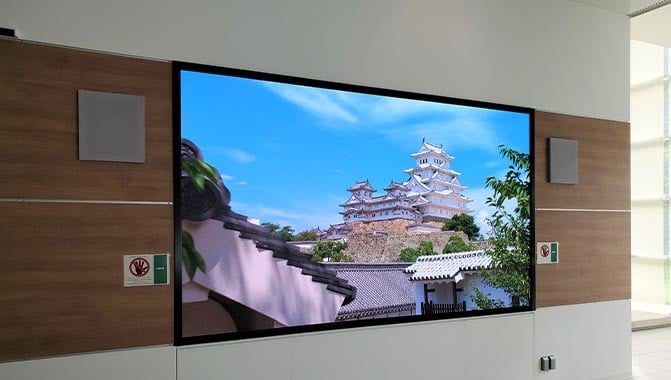Investigating the Crucial Factors That Affect Color Uniformity in LED Panel Screens for Ideal Visual Performance
Investigating the Crucial Factors That Affect Color Uniformity in LED Panel Screens for Ideal Visual Performance
Blog Article
Hue uniformity in LED wall panels is essential for attaining maximum optical performance. LED wall panels are widely used in various settings, including musical events, meetings, and promotional displays. When the hues on these screens are uniform, they create a more captivating and enveloping experience for viewers. Several critical elements influence color consistency, including the quality of the LED elements, tuning procedures, and environmental conditions.
The quality of the light-emitting diode components plays a significant role in color consistency. Different types of LEDs produce light at different frequencies, which can influence the total hue result. Premium LEDs are designed to produce a more uniform light range, resulting in better hue precision. Additionally, the production method of these light-emitting diodes can impact their functionality. Screens made with high-grade materials and technology tend to have fewer color variations, ensuring that the shown images and footage look vibrant and true to life.
Calibration is another crucial factor in maintaining hue uniformity in LED wall panels. Tuning entails adjusting the settings of the panel to ensure that the hues displayed align the desired design. This procedure can consist of fine-tuning brightness, differentiation, and hue balance. Regular tuning is essential, especially in environments where illumination conditions change often. By tuning the panels, technicians can correct any inconsistencies in hue output, leading to a more consistent observing encounter.
Environmental factors also influence hue consistency in LED wall panels. Factors such as surrounding light, heat, and humidity can influence how colors are seen. For example, intense ambient light can wash out colors, making them appear more vibrant. Similarly, extreme heat can influence the functionality of the LEDs, leading to color changes. To reduce these problems, it is essential to install LED wall screens in managed settings where illumination and heat can be controlled efficiently.
Finally, the design and layout of the LED wall panels can affect hue go right here uniformity. The configuration of the screens, as well as the distance from which they are viewed, can create variations in hue perception. When screens are arranged too distant apart or at different angles, viewers may notice discrepancies in hue. To obtain the optimal optical output, it is important to consider the positioning and alignment of the panels during installation. By addressing these factors, users can ensure that their light-emitting diode wall screens provide a uniform and superior optical encounter.